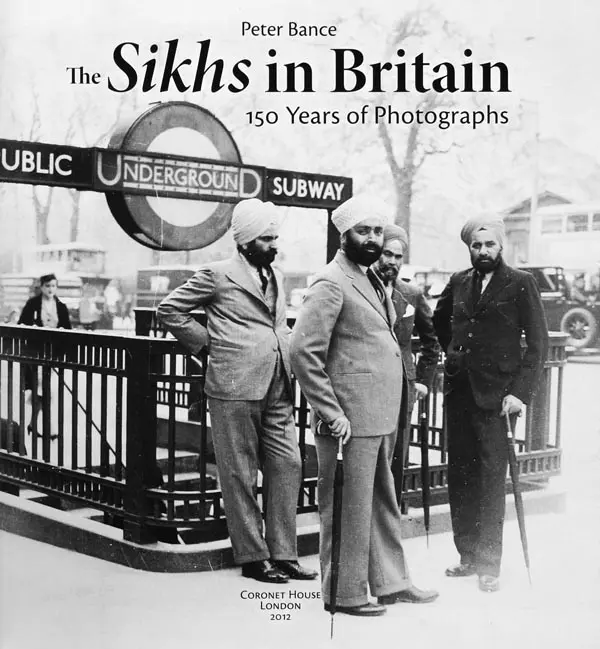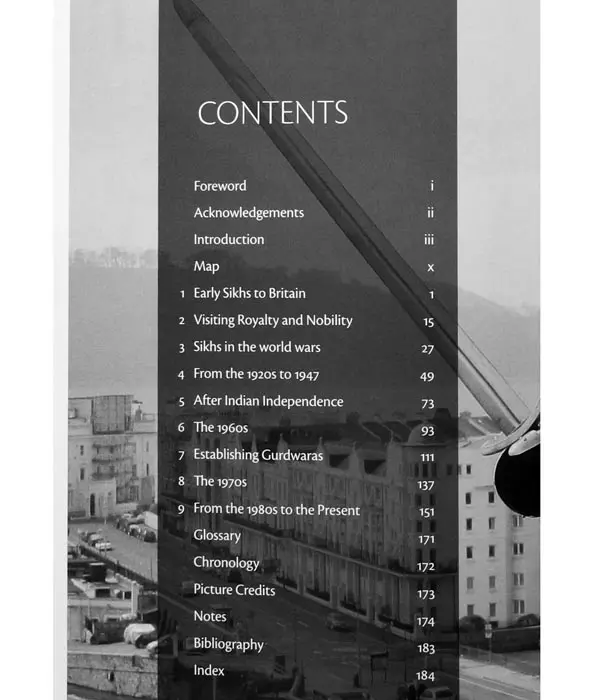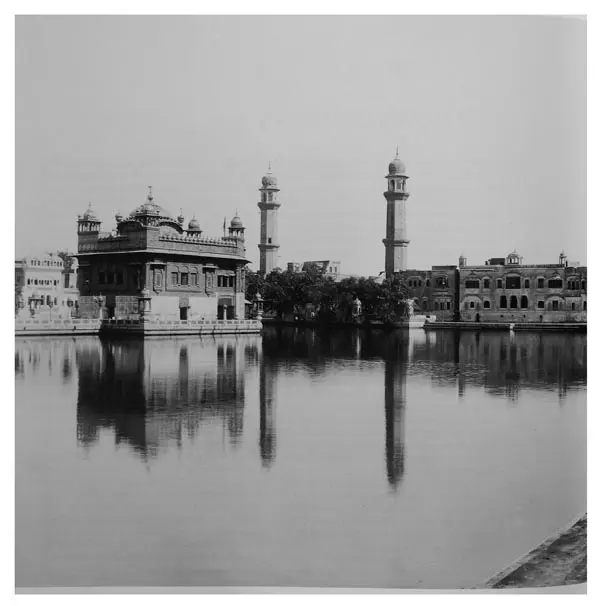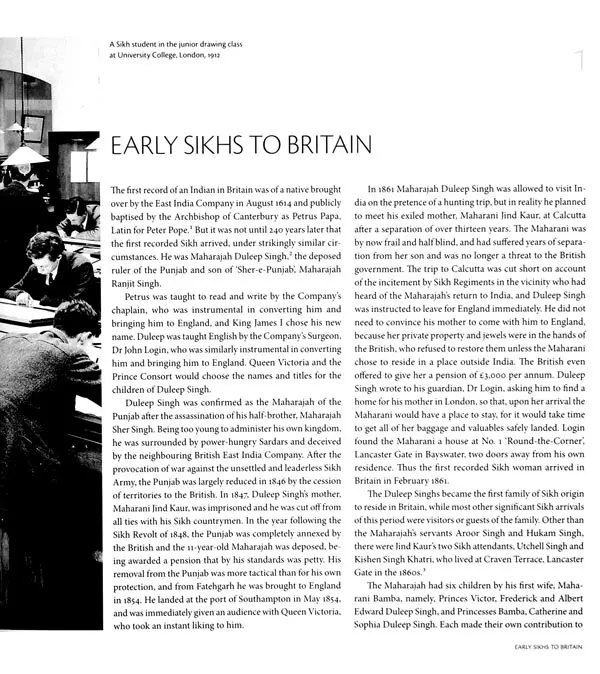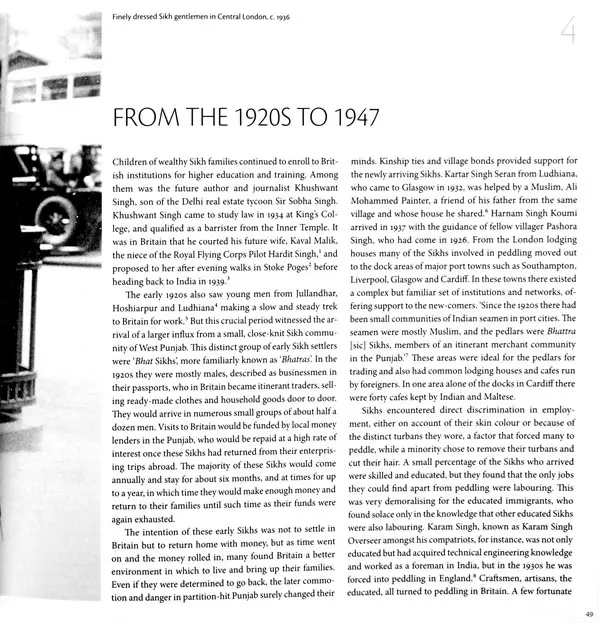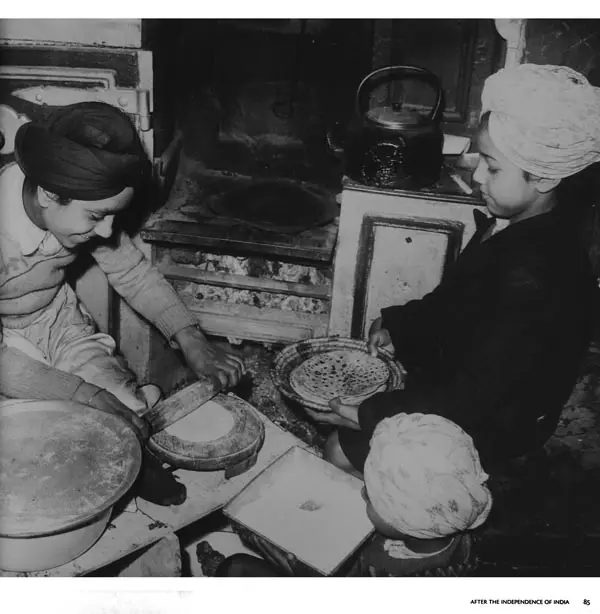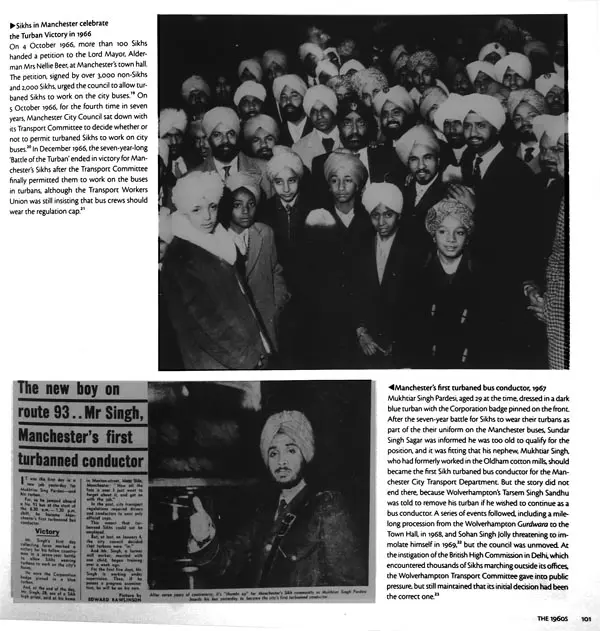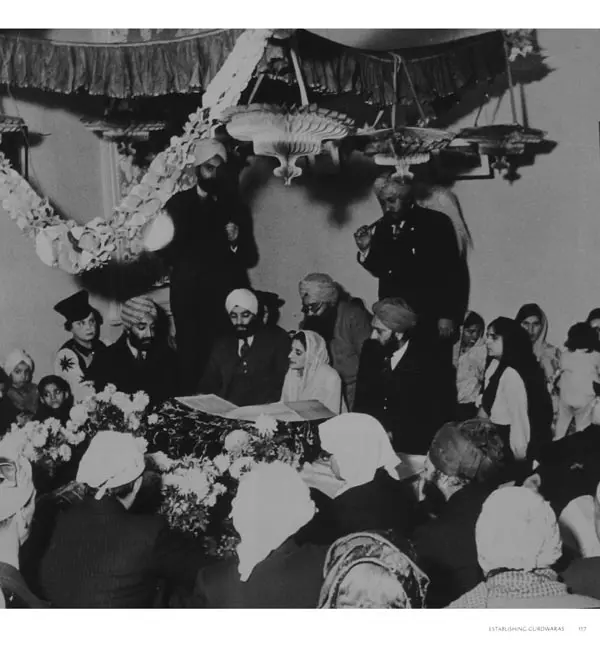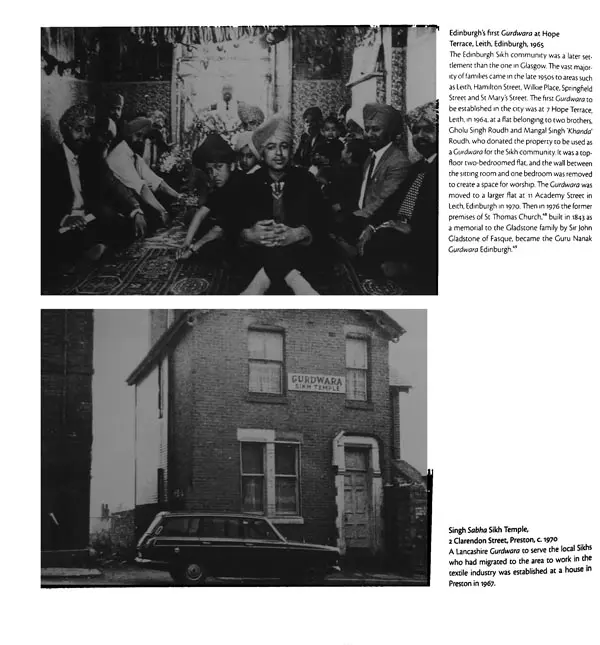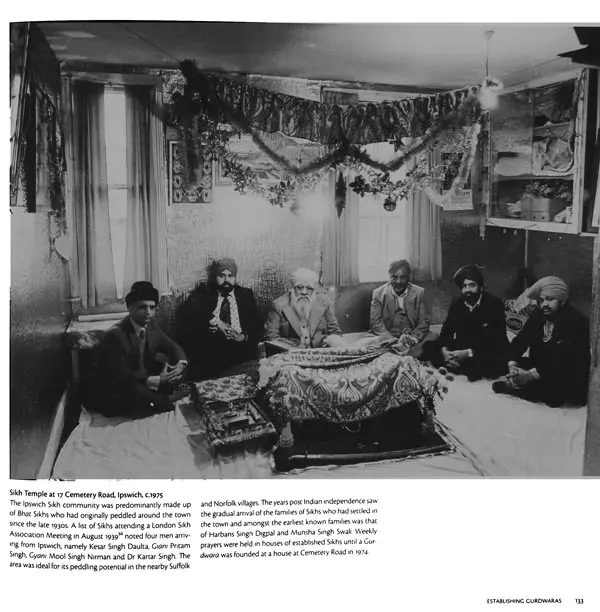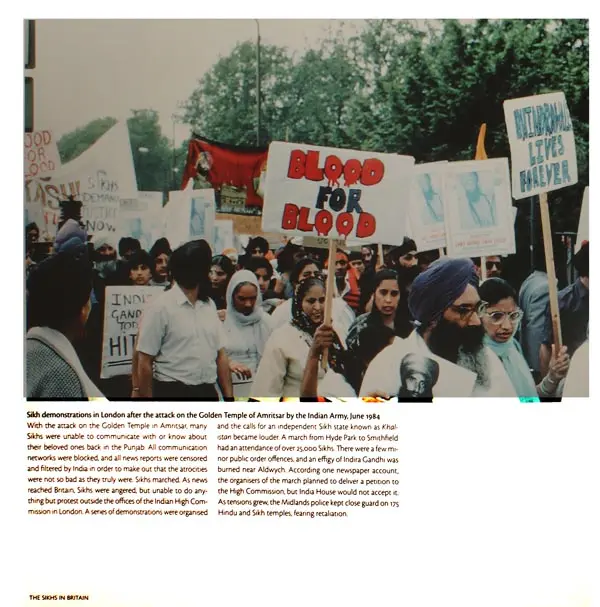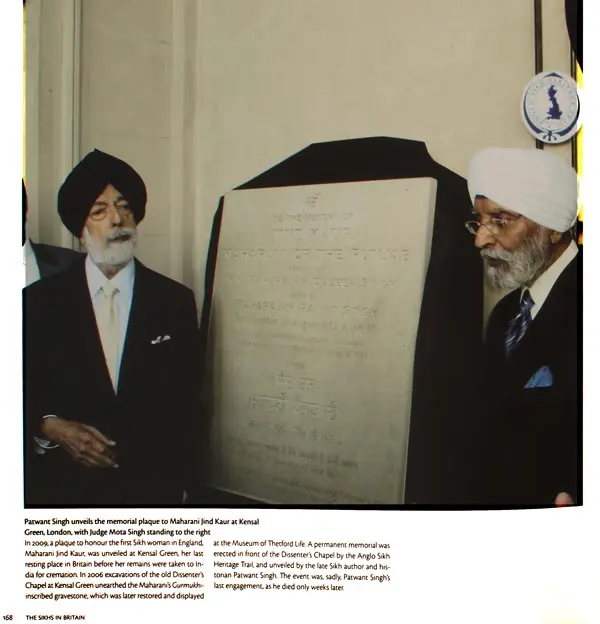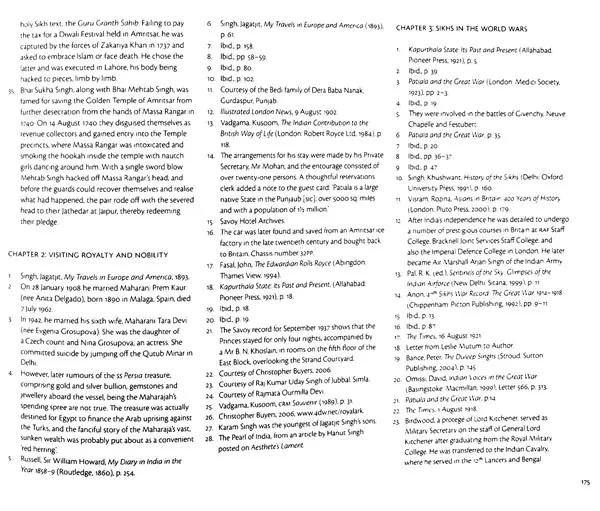
The Sikhs in Britain 150 Years of Photographs
Book Specification
| Item Code: | UBA086 |
| Author: | Peter Bance |
| Publisher: | Coronet House |
| Language: | English |
| Edition: | 2012 |
| ISBN: | 9780956127020 |
| Pages: | 185 (B/W and Color Illustrations) |
| Cover: | HARDCOVER |
| Other Details | 10.50 X 10.00 inch |
| Weight | 1.11 kg |
Book Description
The Sikhs were the first community to migrate in large numbers to Britain from the Asian sub-continent. There were four major periods of mass migration - 1930s, post- war, 1960s and 1970s- and Peter Bance describes stories of individuals, capturing their struggles and successes. We see makeshift places of worship in the early years, the golden days of glory as maharajahs visited British royalty and nobility, as well as portraits of marriages, social life and employment, integration and religion.
While the initial Sikh migration was male-dominated, as families were left behind while the men established themselves, later photographs show women and children in the flourishing Indian communities of Britain. Sikhs have since continued to make an impact, and here we witness an array of distinguished personalities, whether migrant or born and bred in Britain.
From a tartan clad Lord Sikh in a Scottish castle and a veteran record-breaking Adidas-sponsored marathon man to an aspiring international England cricket star. Sikhs have been one of the most successful migrant races to settle into, and contribute to, British society.
After the sell-out success of his widely reviewed Sikhs in Britain (The History Press, 2007) and his magnum opus Sovereign, Squire & Rebel, Peter Bance has returned to the Sikh migration history of Britain, updating and revising the history in this vibrant, colourful and sumptuous illustrative book. The author is currently involved in a new television documentary, a proposed stage play, and a feature film on the subject of Maharajah Duleep Singh, with a forthcoming publication on 'Sikhs in the Great War 1914-18"
A book such as this which relies chiefly on photographs has the ability to convey atmosphere and impressions in a way that words very often fail to do. Peter Bance has achieved a most commendable feat in bringing together in one book such a wide range of images throughout the ages of photography, telling the remarkable story of Sikhs who came to Britain and who made this their own home.
The book fittingly acknowledges the contributions of those early Sikhs to Britain, from showing the flam- boyant years of the Maharajahs and their entourages, to the working struggles of everyday Sikhs in Britain, Sikhs In Britain is a timely book, sure to make one feel proud to be a Sikh.
Book's Contents and Sample Pages
